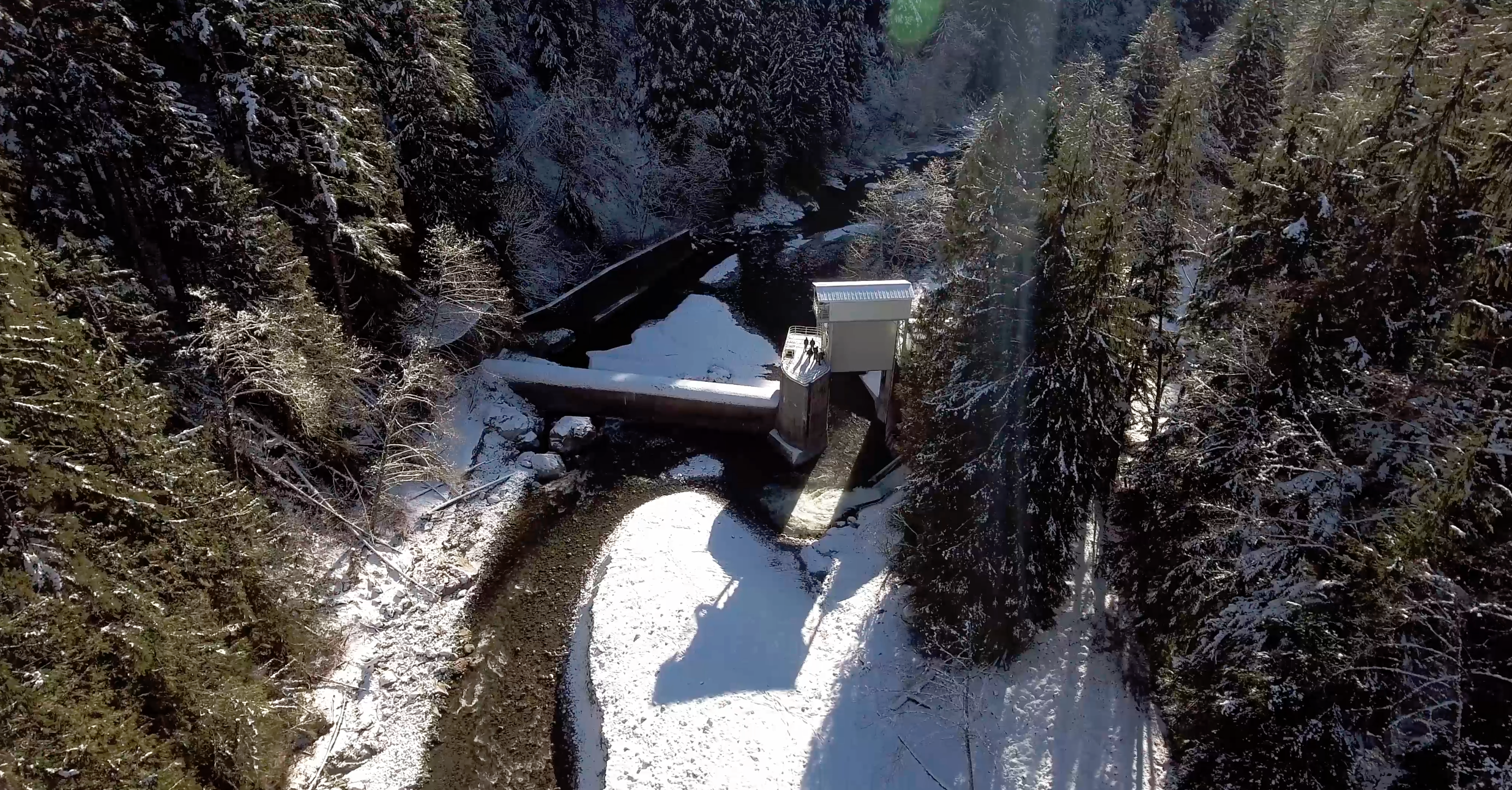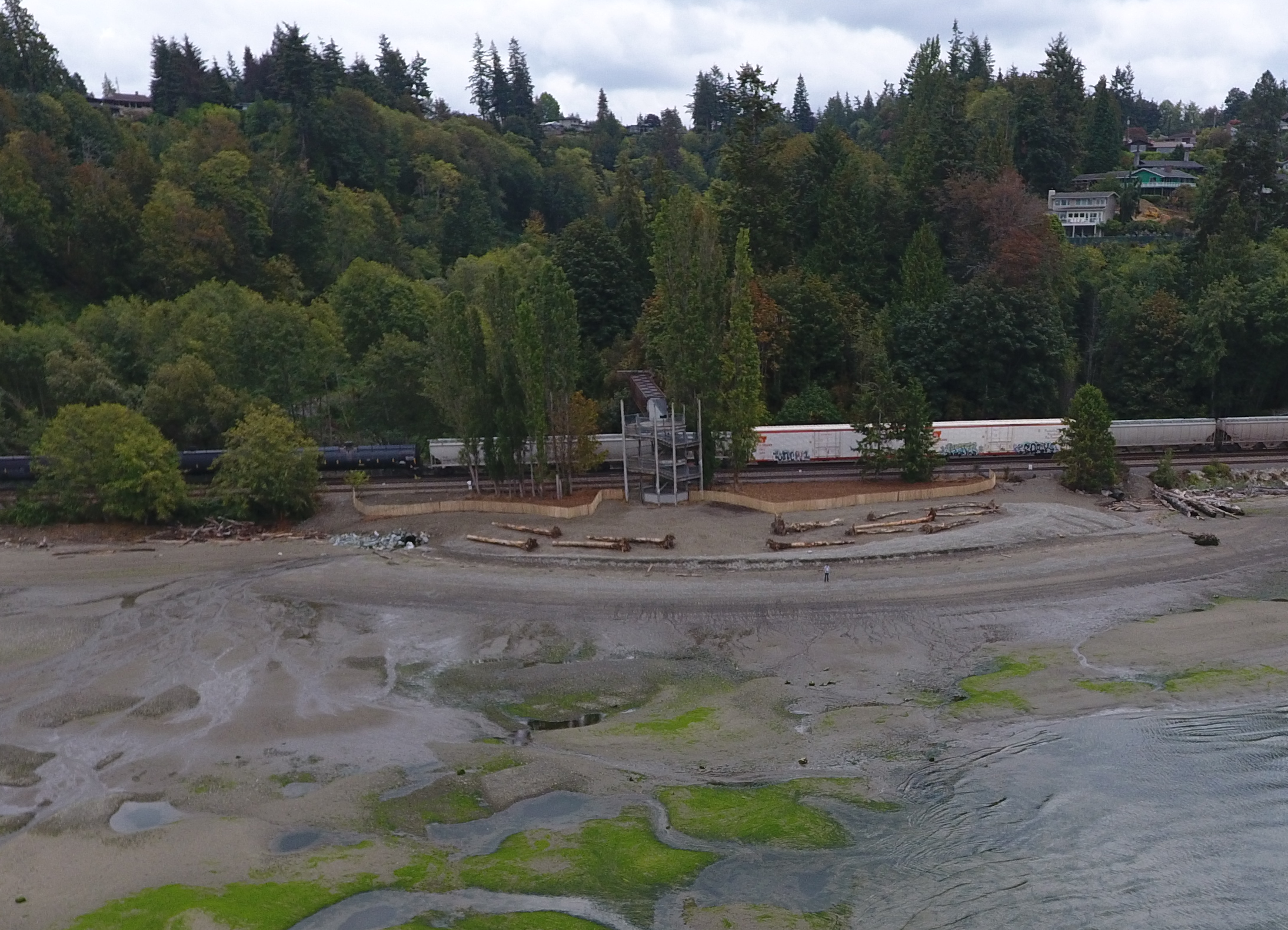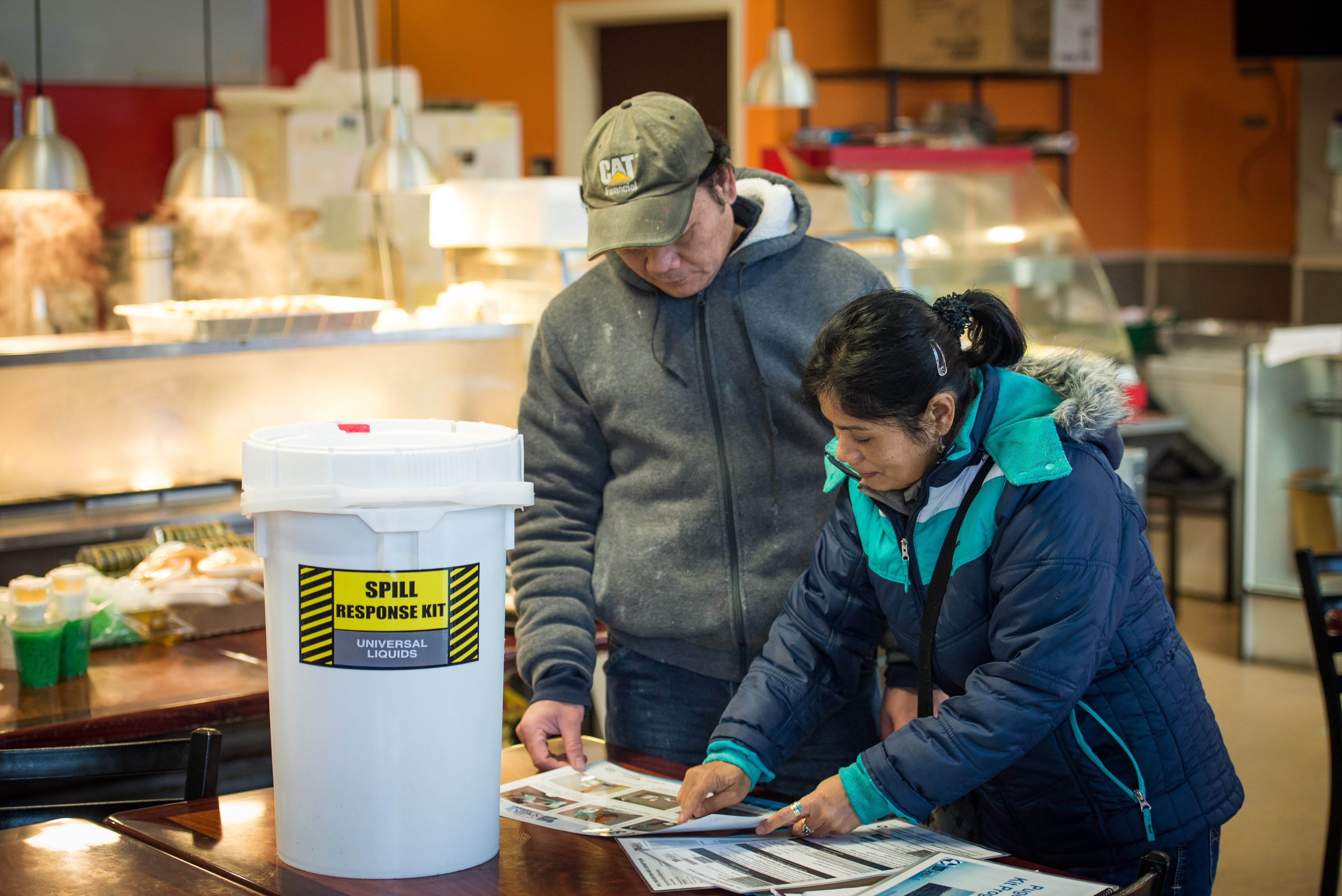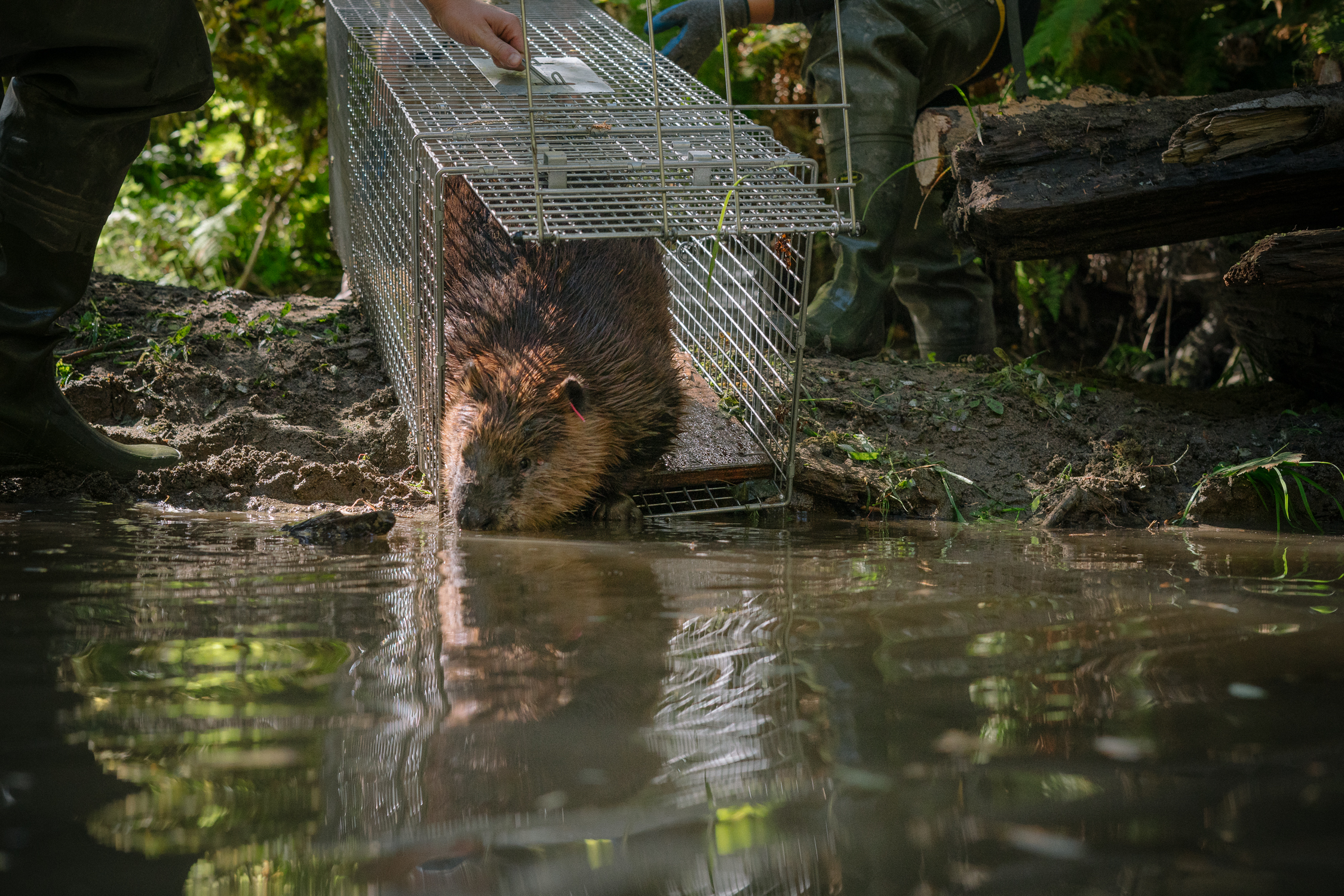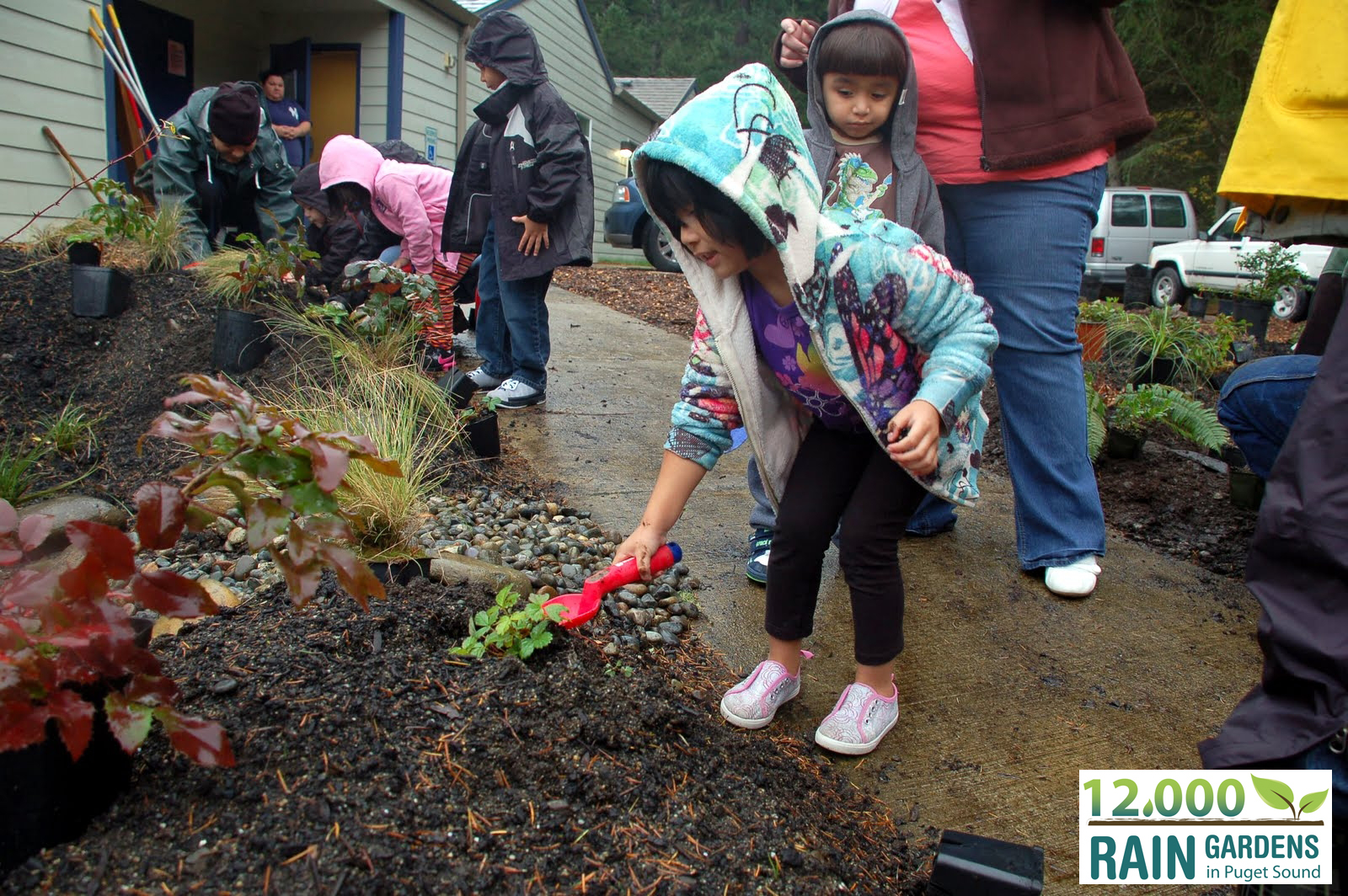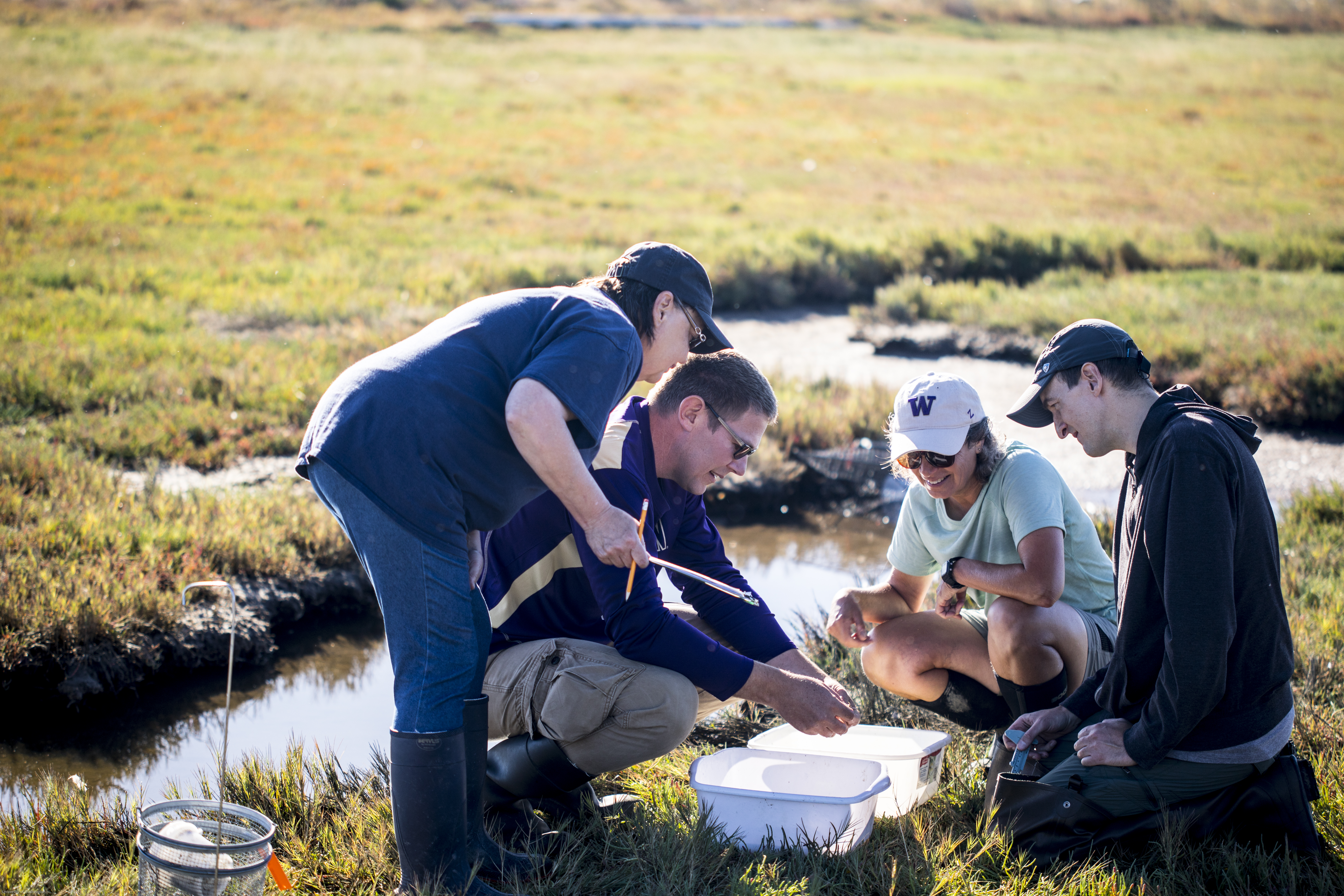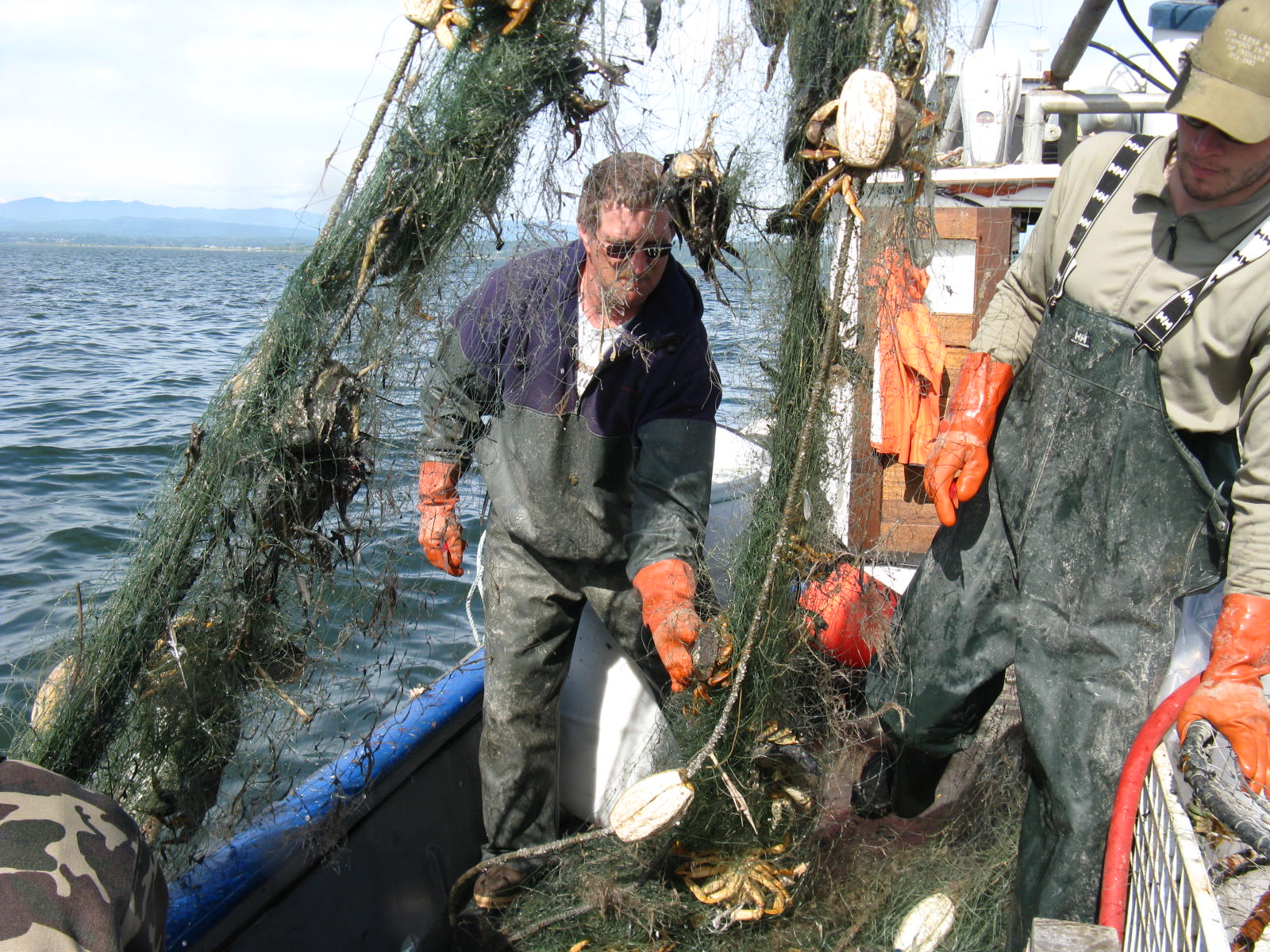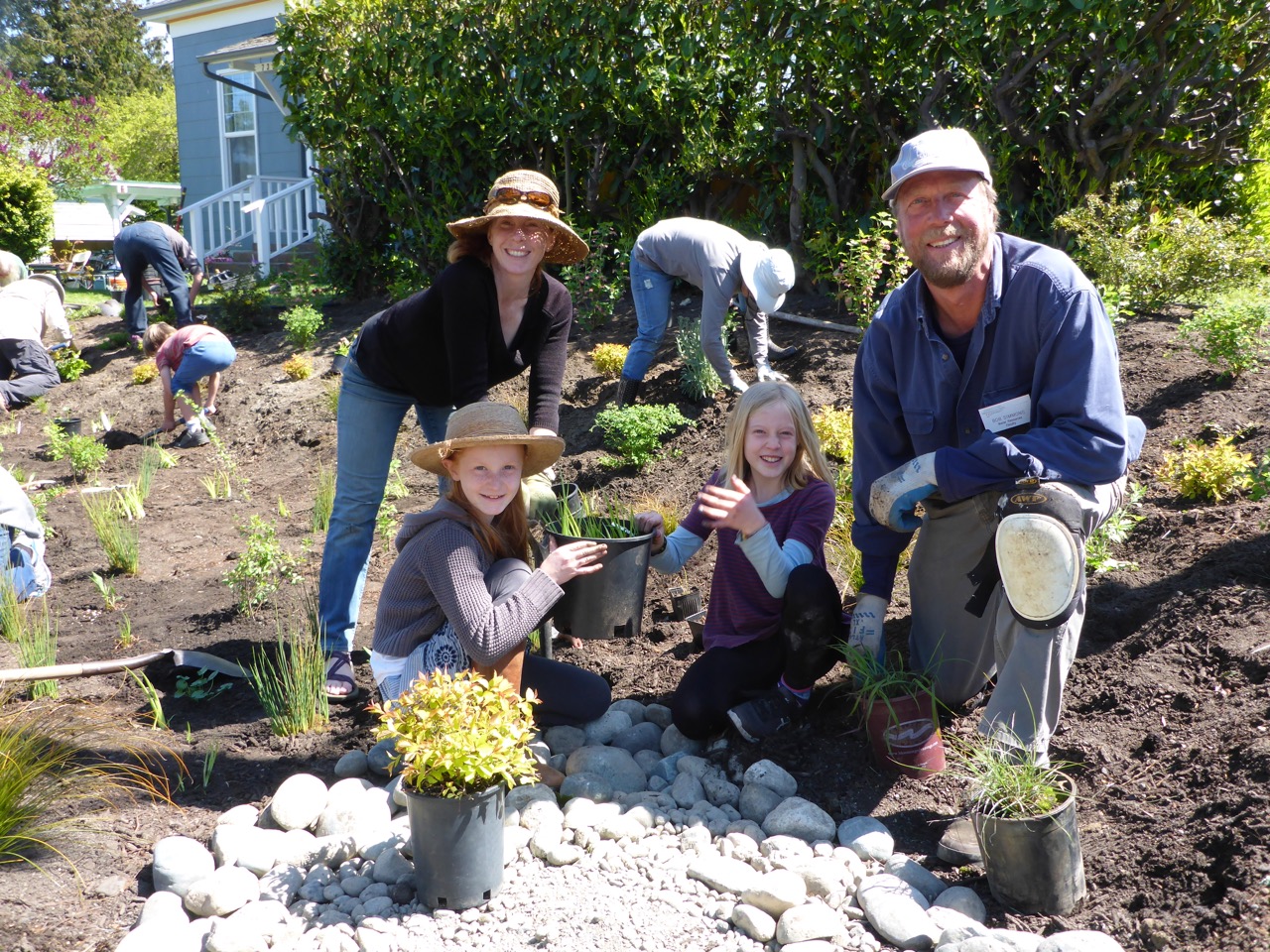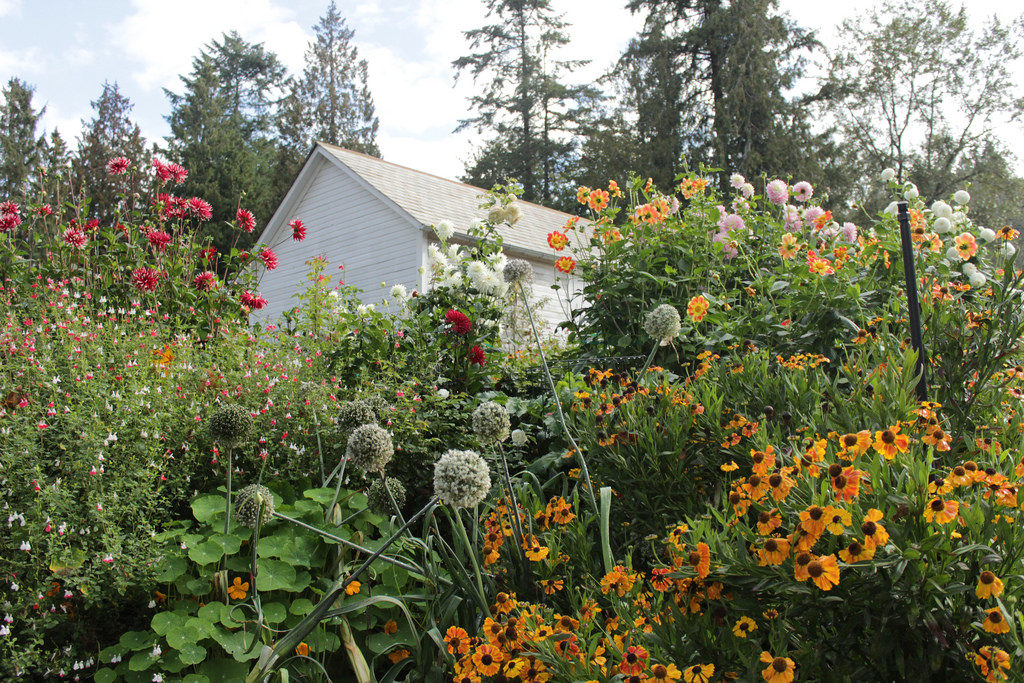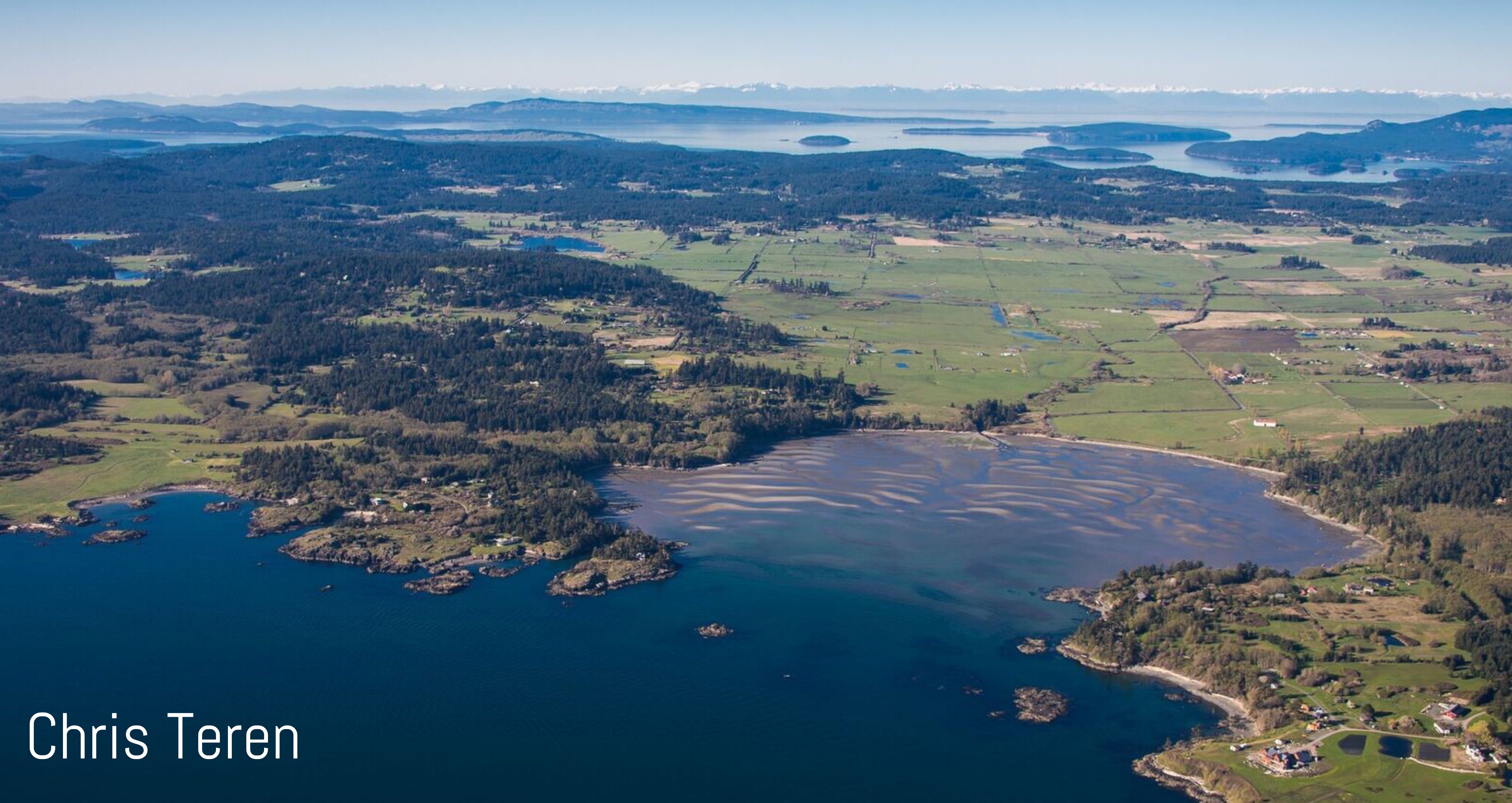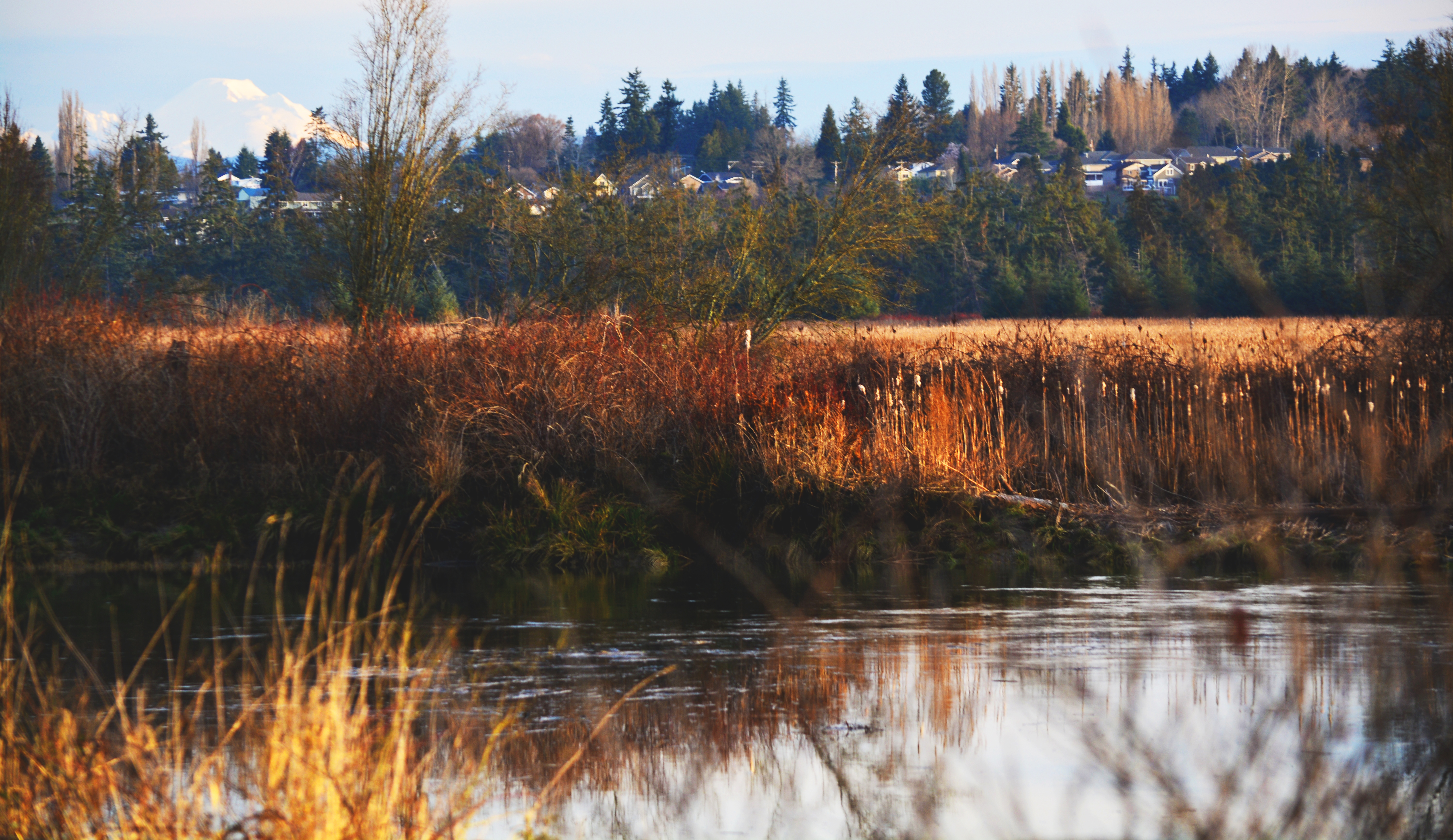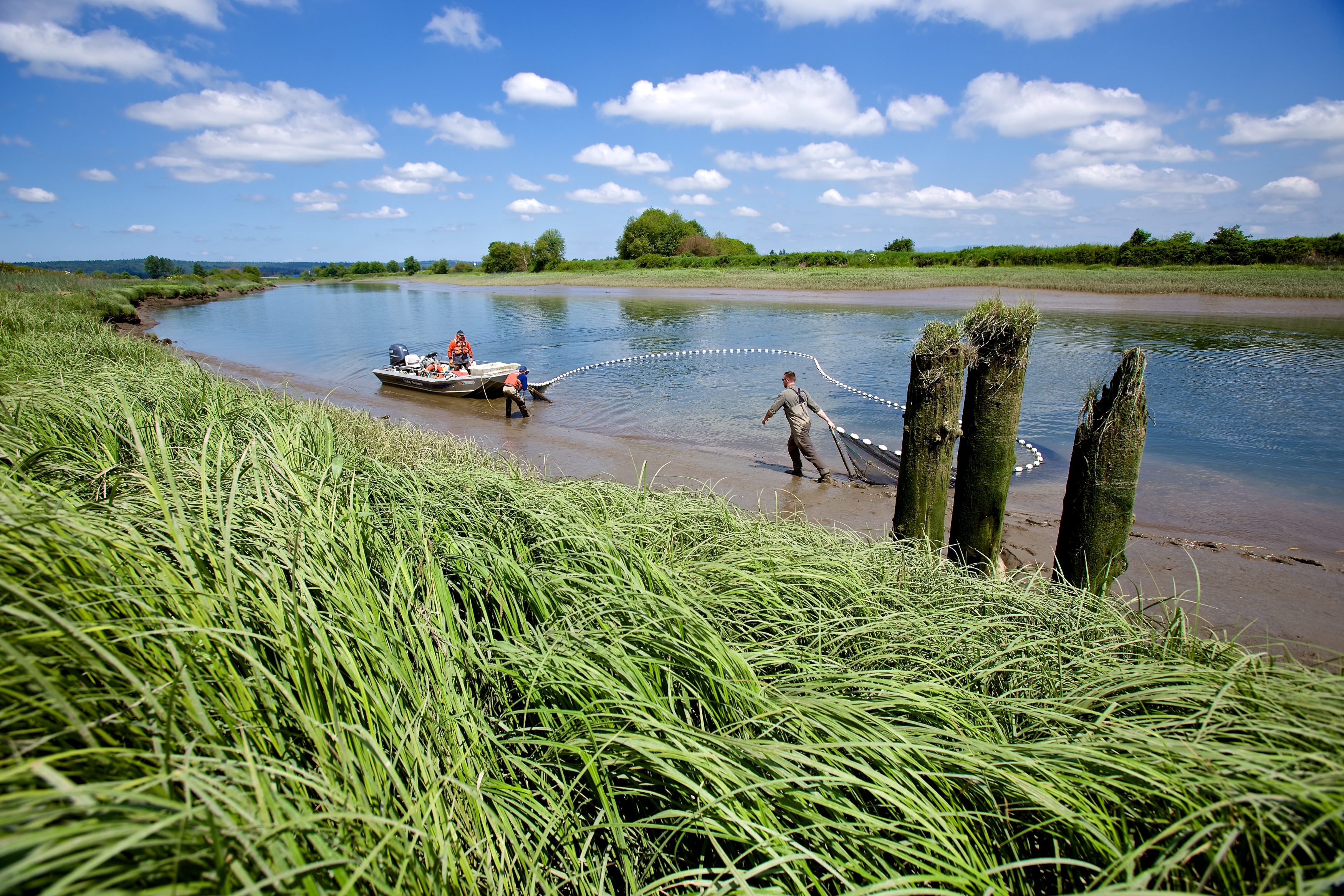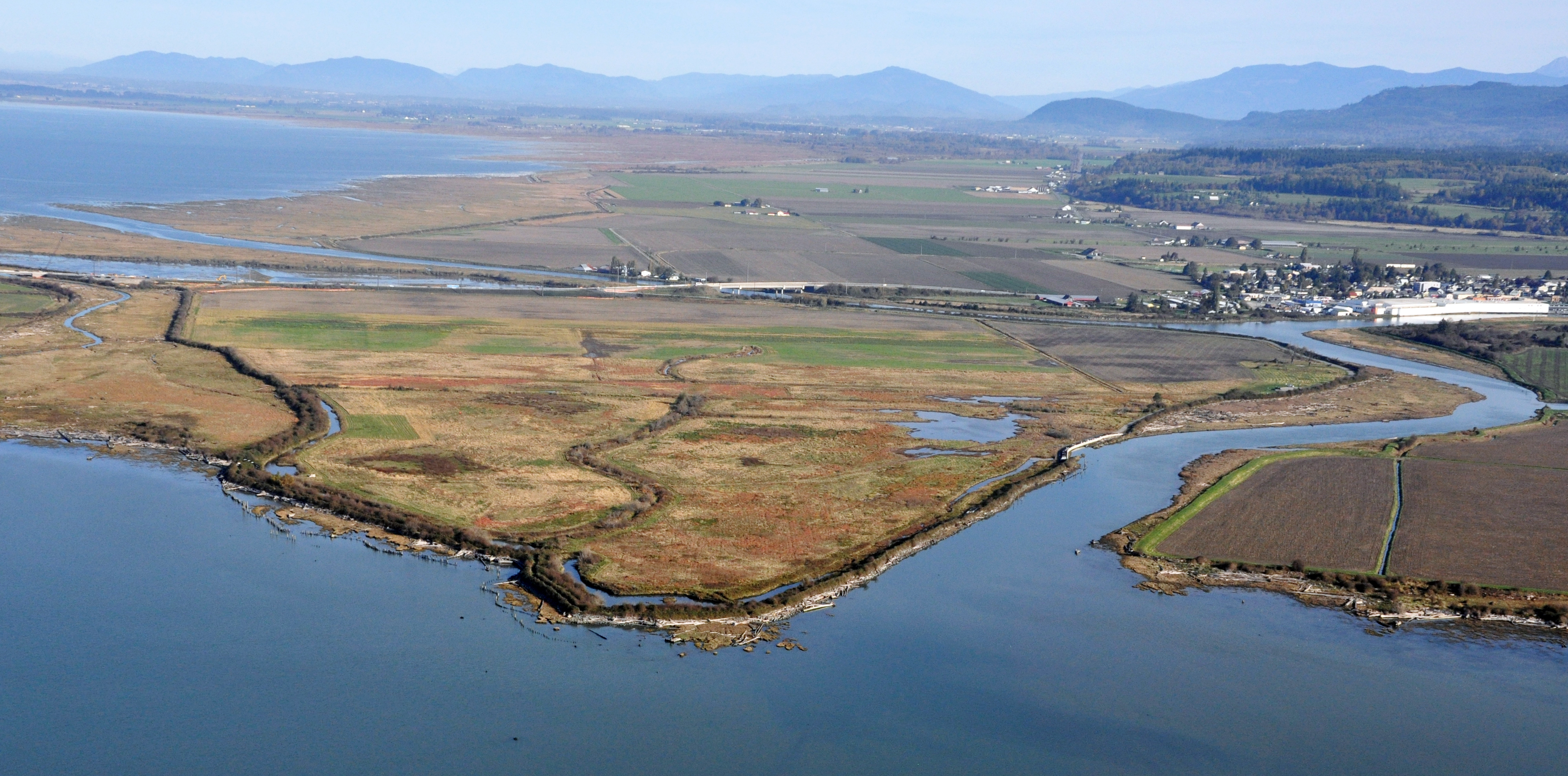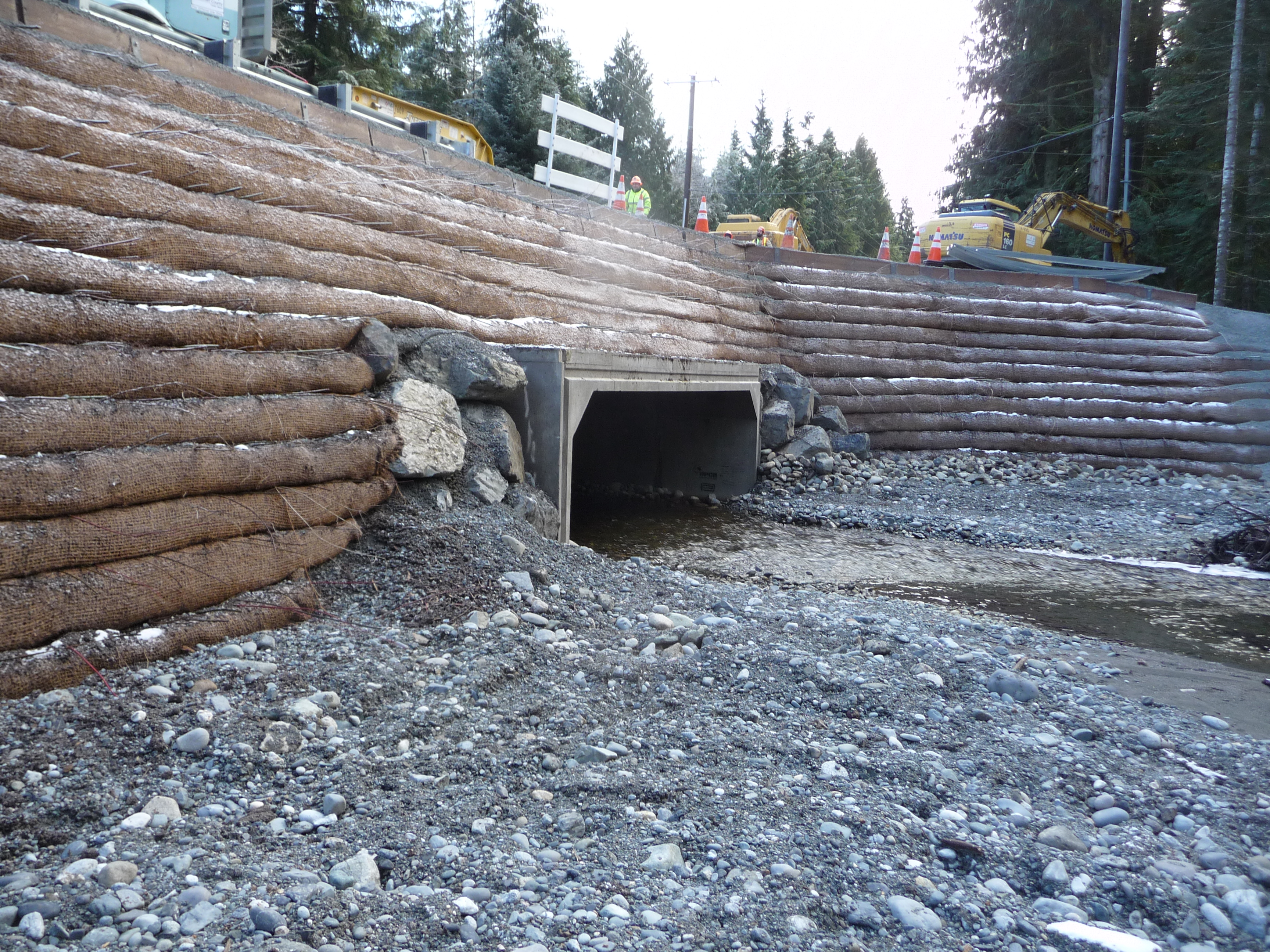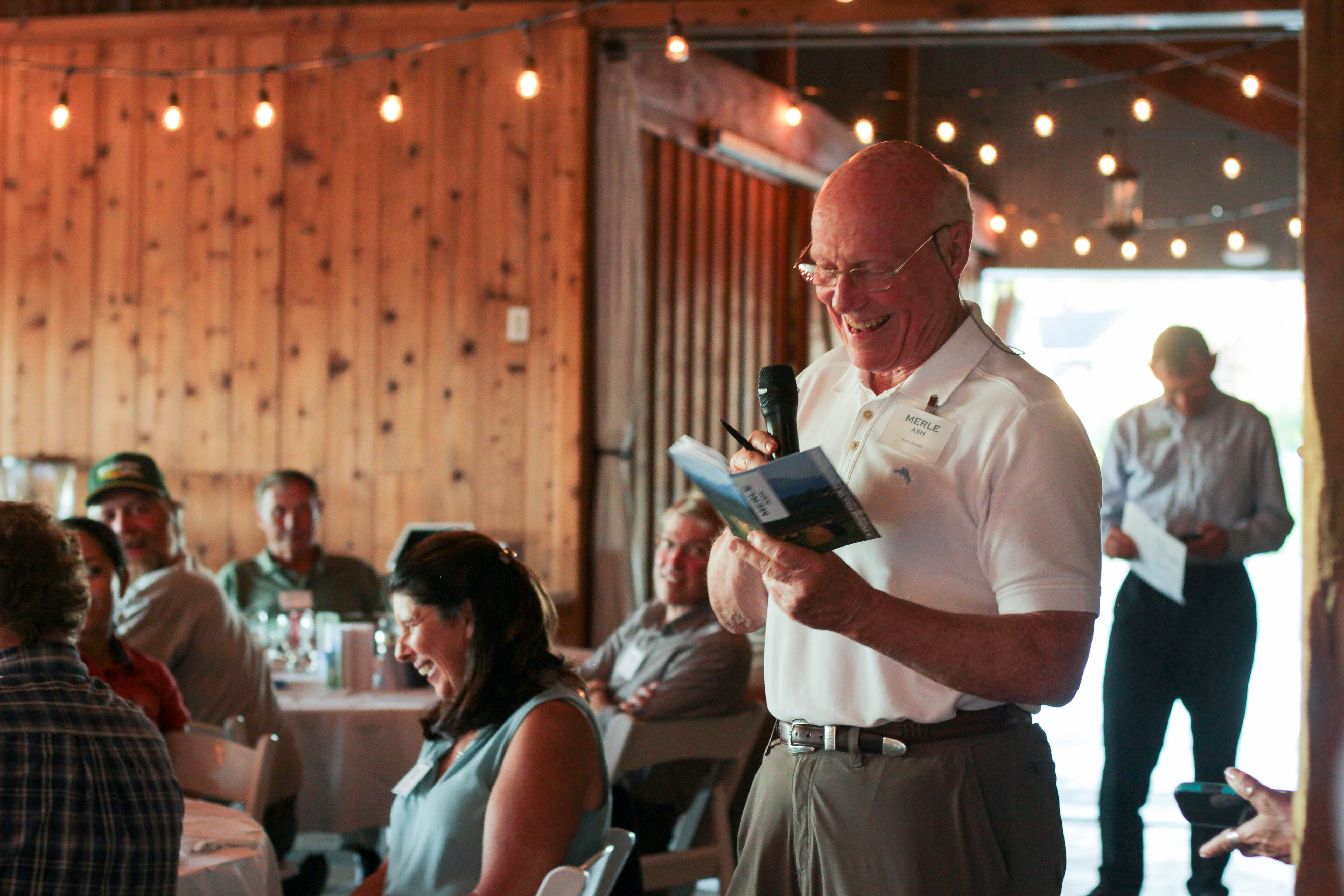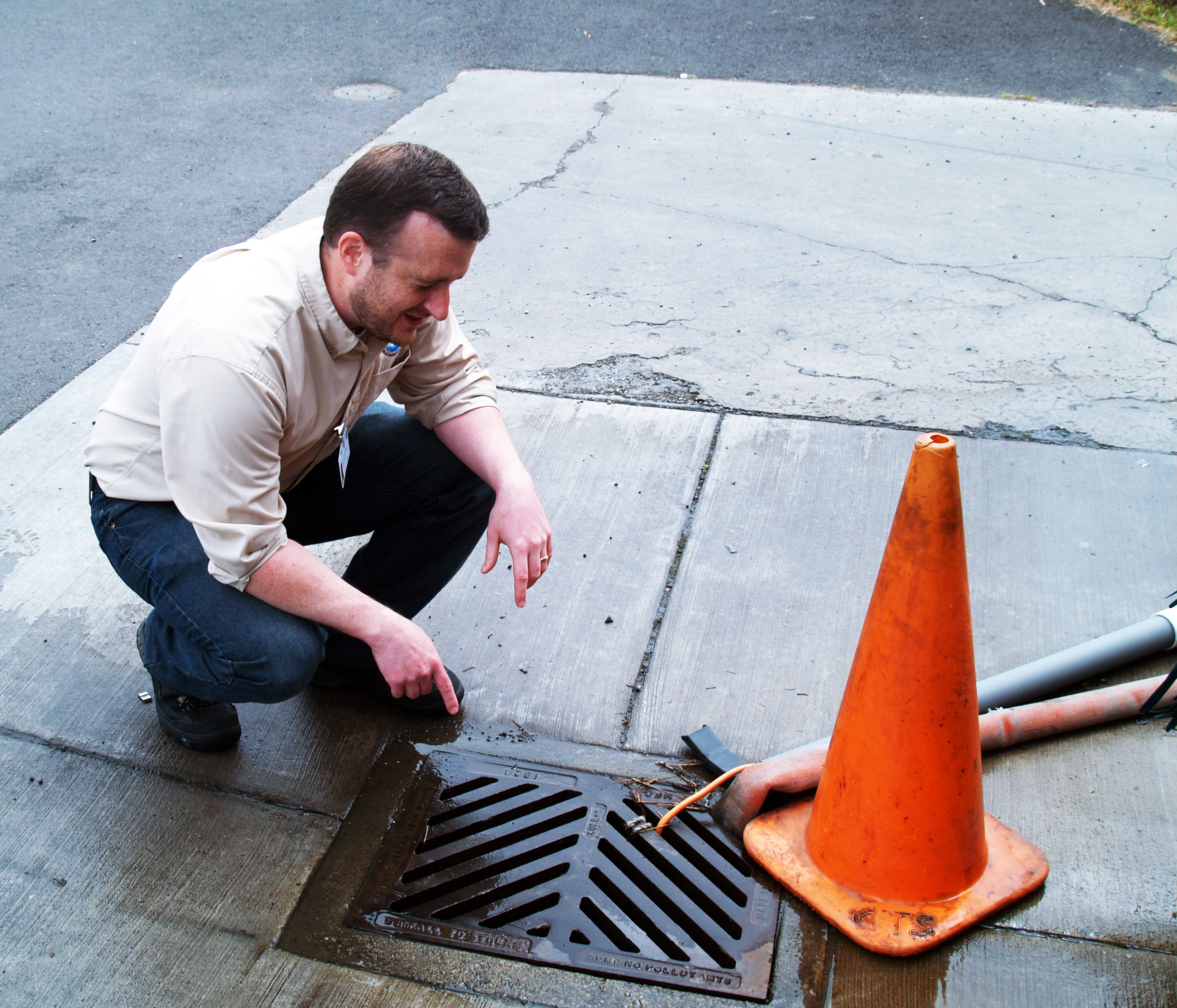Helping homeowners repair or replace failing on-site sewage systems The Regional On-site Sewage System Loan Program (RLP) in Washington State consolidates multiple county-level on-site sewage system loan programs into a single public-private partnership between the...
Sultan River Diversion Dam Modification
Salmon return to Upper Sultan River after 90 years For the first time in 90 years, salmon are using 6.5-miles of stream habitat in the upper Sultan River, thanks to an innovative project by the Snohomish County PUD that opened the river for fish passage past the...
Howarth Park Nearshore Habitat Restoration
Restoring habitat for Forage Fish while Improving a City Beach Park Howarth Park is a public beach used for recreation and was the site of a large-scale restoration and beach enhancement project in 2016. Along the Everett shoreline, rock bulkheads (seawalls) protect...
Using Beavers for Salmon Habitat Restoration
Protecting wildlife and helping landowners builds salmon habitat naturally The Tulalip Tribes are collaborating with an unlikely partner to restore habitat for salmon: beavers. For four years, the Tribe has relocated about 100 beavers from private lands in the...
Washington Sea Grant Crab Team
Engaging citizen science volunteers to protect the Salish Sea from invasive European Green Crab The European green crab is listed by the International Union for Conservation of Nature (IUCN) as one of the world's 100 most damaging invasive species. European green...
Northwest Straits Marine Conservation Initiative
Local people. Local solutions. The Northwest Straits Marine Conservation Initiative catalyzes and empowers local communities to conserve and restore their marine resources. Established in 1998, the Northwest Straits Commission provides funding, training and support to...
Moga Farm Restoration Project
CONGRESSIONAL DISTRICT: 01 LEGISLATIVE DISTRICT: 39 WRIA: 7 CITY, COUNTY: Snohomish, Snohomish County PROJECT SUMMARY The Snohomish River is the second largest producer of Endangered Species Act-listed Chinook salmon in the Puget Sound. The Moga Farm...
Puget Sound National Coastal Wetlands Conservation
In early 2017, the U.S. Fish and Wildlife Service awarded the Washington State Department of Ecology with $4.7 million in National Coastal Wetlands Conservation grants to fund six projects to restore and protect wetlands in Puget Sound and the Grays Harbor area. The...
Smith Island
The Smith Island Estuary Restoration Project will benefit threatened salmon, restore ecological systems, and improve flood control and recreation across the region by: Removing a historic levee, excavating channel networks, and installing wood placements to improve...
Salish Sea Marine Survival
Endangered Species Act listed Puget Sound Chinook salmon populations have plummeted by 50% since the mid-80s and steelhead have experienced even steeper declines. Research points to marine survival as the missing link to recovery. The Salish Sea Marine Survival...
Leque Island Estuary
In the Stillaguamish River watershed, 85 percent of historical tidal marsh habitat has been displaced by other uses. Leque Island's tidal marsh habitat is particularly valuable for young Chinook salmon as they transition from fresh water to saltwater but it is...
Cranberry Creek
Cranberry Creek, a tributary to the Stillaguamish River, is home to endangered steelhead and bull trout. It is also an important salmon spawning stream, but an old, corroding culvert was preventing migrating fish from getting where they needed to go. A culvert...
Qwuloolt Estuary Restoration
Led by the Tulalip Tribes, the Qwuloolt Estuary restoration is one of the largest restoration projects in Puget Sound. (Qwuloolt is the Lushootseed word for "marsh.") Located within the Snohomish River floodplain, the estuary historically encompassed tidal...
Sustainable Lands Strategy
The Sustainable Lands Strategy is a game-changing partnership in Snohomish County. Historically, estuary restoration projects have been implemented without a clear vision of how those projects fit into the broader landscape with farming and flood control....


